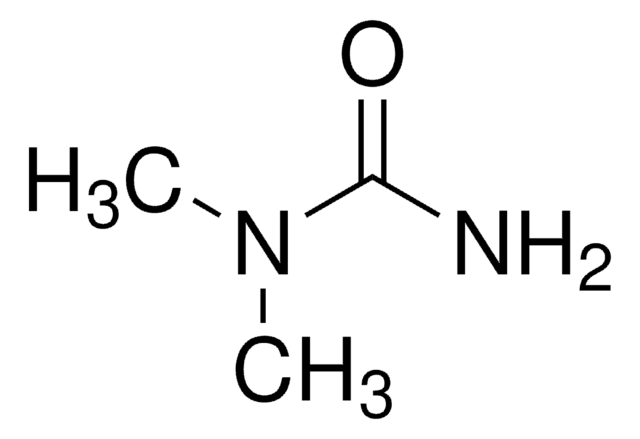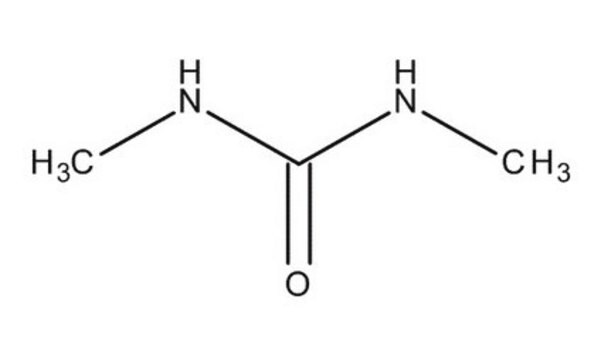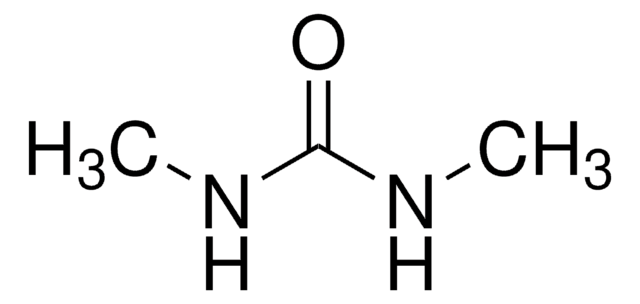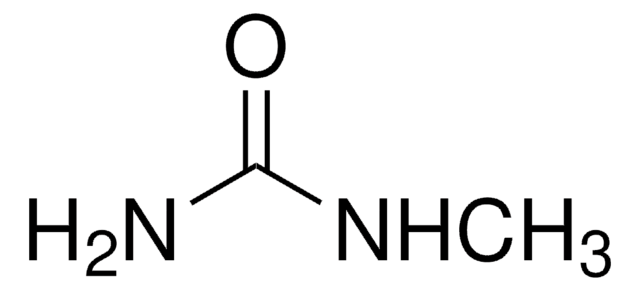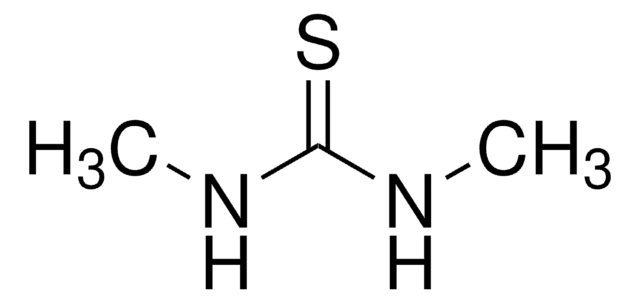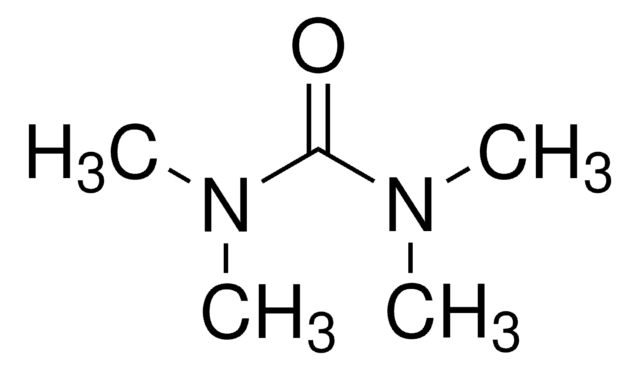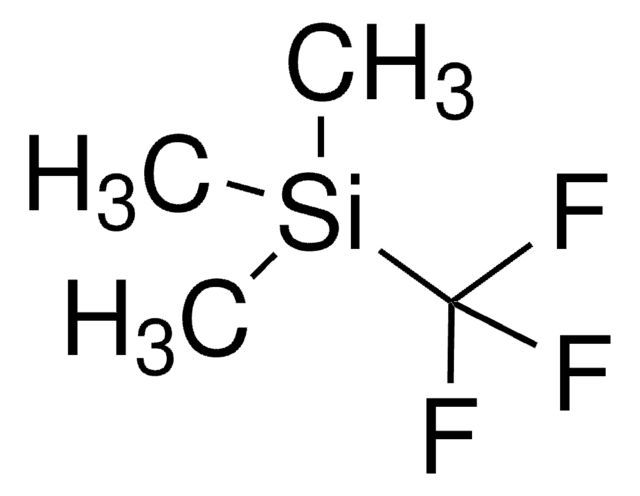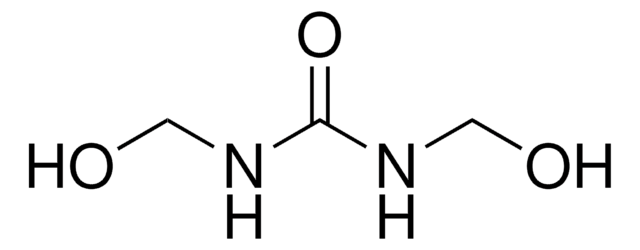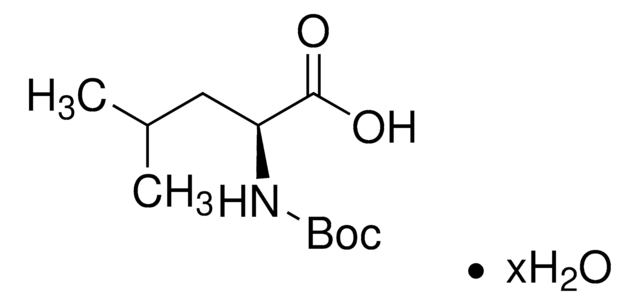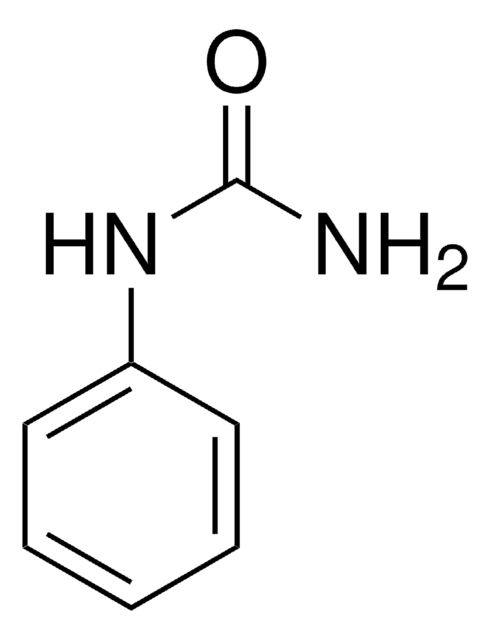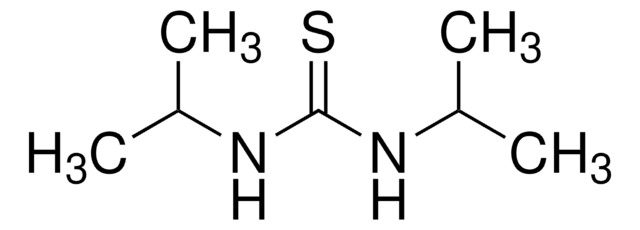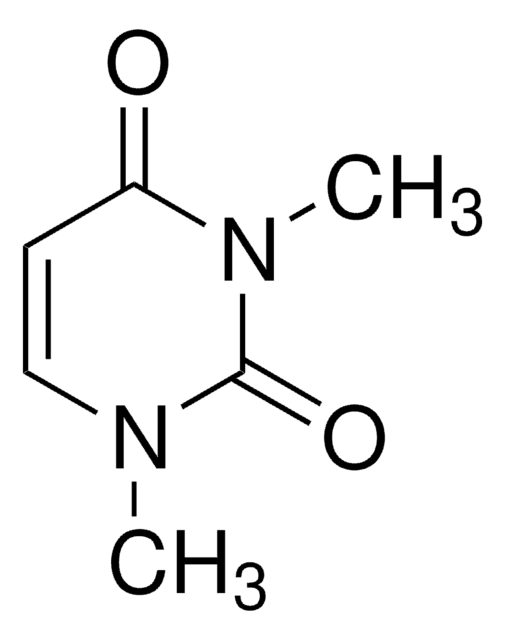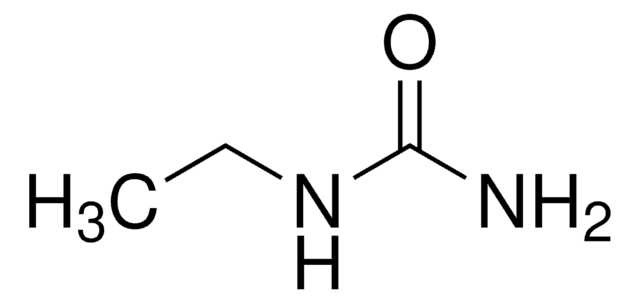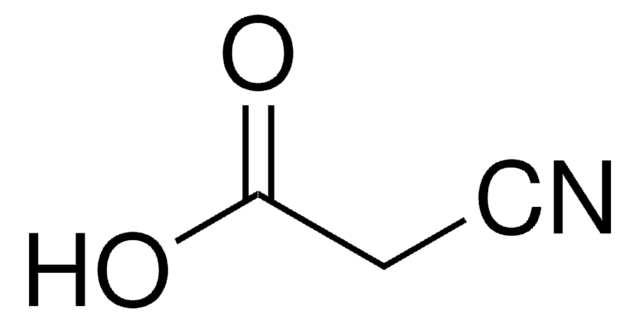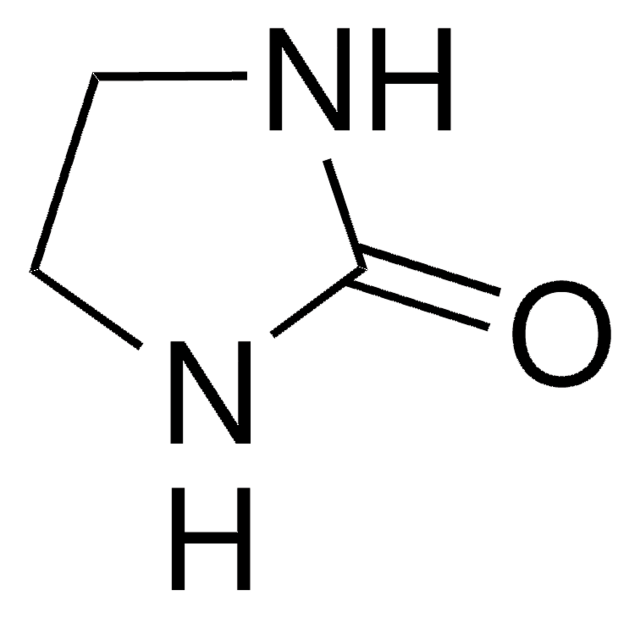Documentos clave
15450
N,N′-Dimethylurea
(sym.), ≥99% (from N)
Sinónimos:
DMU, 1,3-Dimethylurea
Seleccione un Tamaño
Seleccione un Tamaño
About This Item
Productos recomendados
Nivel de calidad
Ensayo
≥99% (from N)
Formulario
solid
idoneidad de la reacción
reagent type: ligand
reaction type: C-H Activation
bp
268-270 °C (lit.)
mp
101-104 °C (lit.)
103-107 °C
cadena SMILES
CNC(=O)NC
InChI
1S/C3H8N2O/c1-4-3(6)5-2/h1-2H3,(H2,4,5,6)
Clave InChI
MGJKQDOBUOMPEZ-UHFFFAOYSA-N
¿Está buscando productos similares? Visita Guía de comparación de productos
Categorías relacionadas
1 of 4
Este artículo | D4879 | 36574 | 261394 |
|---|---|---|---|
| assay ≥99% (from N) | assay ≥95% | assay - | assay 99% |
| reaction suitability reagent type: ligand | reaction suitability - | reaction suitability - | reaction suitability - |
| Quality Level 200 | Quality Level 200 | Quality Level 100 | Quality Level 100 |
| mp 101-104 °C (lit.), 103-107 °C | mp 125 °C (dec.) (lit.) | mp 101-104 °C (lit.) | mp 178-183 °C (lit.) |
| form solid | form powder | form - | form solid |
| bp 268-270 °C (lit.) | bp - | bp 268-270 °C (lit.) | bp - |
Aplicación
- As a starting material to synthesize N,N′-dimethyl-6-amino uracil.[1]
- In combination with β-cyclodextrin derivatives, to form low melting mixtures (LMMs), which can be used as solvents for hydroformylation and Tsuji-Trost reactions.[2]
- To synthesize N,N′-disubstituted-4-aryl-3,4-dihydropyrimidinones via Biginelli condensation under solvent-free conditions.[3]
Código de clase de almacenamiento
11 - Combustible Solids
Clase de riesgo para el agua (WGK)
WGK 1
Punto de inflamabilidad (°F)
314.6 °F - closed cup
Punto de inflamabilidad (°C)
157 °C - closed cup
Equipo de protección personal
Eyeshields, Gloves, type N95 (US)
Elija entre una de las versiones más recientes:
¿Ya tiene este producto?
Encuentre la documentación para los productos que ha comprado recientemente en la Biblioteca de documentos.
Los clientes también vieron
Nuestro equipo de científicos tiene experiencia en todas las áreas de investigación: Ciencias de la vida, Ciencia de los materiales, Síntesis química, Cromatografía, Analítica y muchas otras.
Póngase en contacto con el Servicio técnico